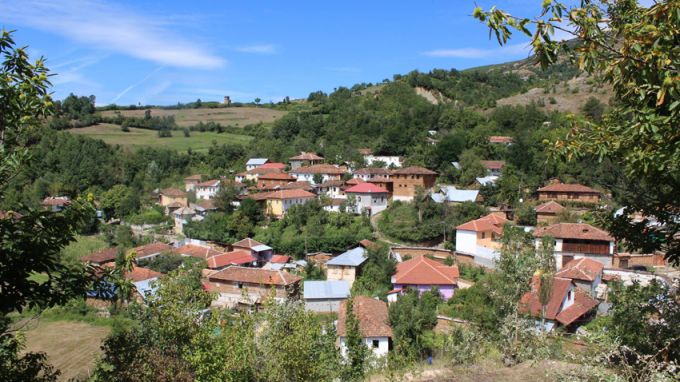 3
3
The village of Urbele (Erebarë – Herbel) is located in the border region of Dolni Debar (Pòle), on the territory of the Republic of Albania, 4 km from the Macedonian town of Debar. Written information on the demographic picture of the region from the late 19th and the beginning of the 20th century shows that it is a region inhabited by Bulgarians. It is the work with historical documents of that time that led Assoc. Prof. Vesselka Toncheva together with a team of ethnologists there, and the purpose was to check what today's ethnographic structure in Pòle is. They found sources of information for their research in several villages: Gorno Karchishta (Kërçisht i Sipërm), Obok (Katund i vogël), Popinar and Deolyani (Dovolan). The result of the two expeditions in 2015 and 2016 is the movie "Two Houses and a Half", which was presented with a screening and discussion at the Sofia University.
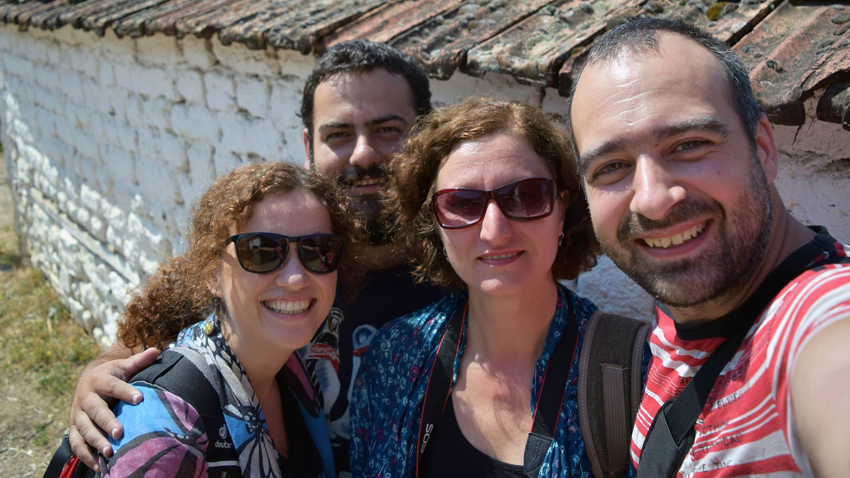
The topic of the Bulgarian community in Albania has gained popularity over the past year thanks to the official recognition of the Bulgarian minority by Tirana - a political act that came too late, according to Assoc. Prof. Dr. Veselka Toncheva
“This is so because these people have been living in Albania since 1913 and especially during the period 1913-1939, they had very strong contacts with Bulgaria and wanted to have a Bulgarian school, Bulgarian churches, etc. We owe much to these people because after 1947 we lost contact with them. Enver Hoxha, the Albanian totalitarian leader back then, closed the borders and imposed a very strict regime.”

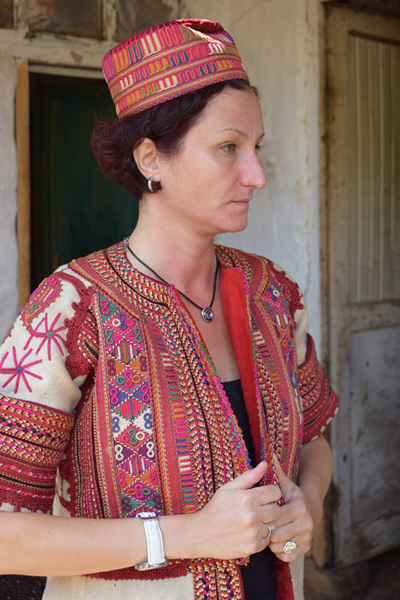 Since 2007, Veselka Toncheva from the Institute of Ethnology and Folklore Studies with Ethnographic Museum at the Bulgarian Academy of Sciences, with the support of the 'Ongal' Association of Anthropology, Ethnology and Folklore Studies has been working and researching the Bulgarian community in Albania. Her previous expeditions took place in Golo Brdo, Mala Prespa (to the Prespa Lake) and to the north - in Gora (part of which is located in Kosovo). Unlike the mountainous area of Golo Brdo, where ethnic Bulgarians live in 21compact villages and where language, traditions and identity are well preserved, in the Pòle area migration processes are stronger and the region attracts people from other parts of Albania.
Since 2007, Veselka Toncheva from the Institute of Ethnology and Folklore Studies with Ethnographic Museum at the Bulgarian Academy of Sciences, with the support of the 'Ongal' Association of Anthropology, Ethnology and Folklore Studies has been working and researching the Bulgarian community in Albania. Her previous expeditions took place in Golo Brdo, Mala Prespa (to the Prespa Lake) and to the north - in Gora (part of which is located in Kosovo). Unlike the mountainous area of Golo Brdo, where ethnic Bulgarians live in 21compact villages and where language, traditions and identity are well preserved, in the Pòle area migration processes are stronger and the region attracts people from other parts of Albania.
Latest information, preserved in Bulgaria about these villages dates back to the 1930s and outlines a colorful and dynamically changing ethno-religious structure. It is important to know that parallel to Bulgarian historical sources about the region there are also Serbian ones.
“Serbian writers who write about this time claim that the population was Serbian. Even then, interests of Bulgaria and Serbia (Yugoslavia) clashed and the population was placed among these possibilities for identification,” the participant in the expedition with interest in migration processes Dr. Ivaylo Markov told us.
“Two Houses and a Half” takes a "snapshot" of the situation today in Urbele. In the otherwise lively village Bulgarian houses are now three. But, as Grandma Golobka says with sadness, her house is "half a house" because she lives alone, her heirs are far away.
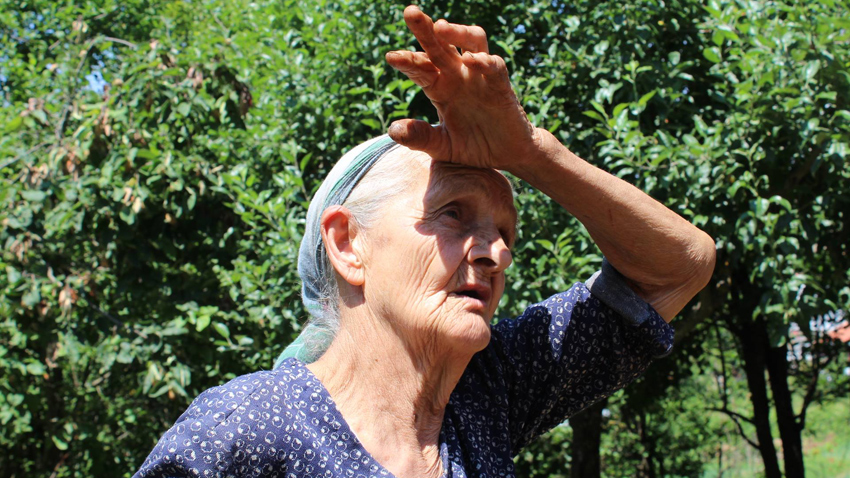
Her memories are from the time children studied at the local school, Albanians in the village were few and the Church of the Transfiguration of the Lord gathered many believers.
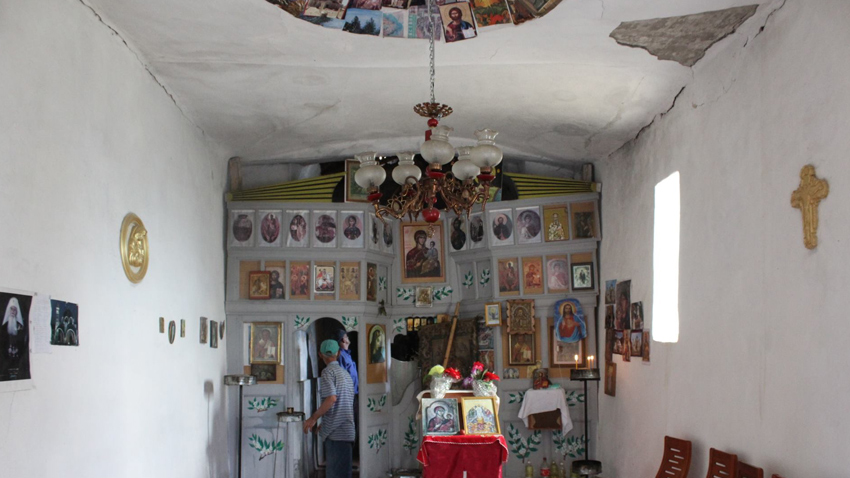
Today, the church feast on August 6 is celebrated by both Christians and Muslims who believe the place helped the sick and those unable to conceive. People return here for holidays - they live in the cities of Albania and Macedonia and do not link their future with the village.
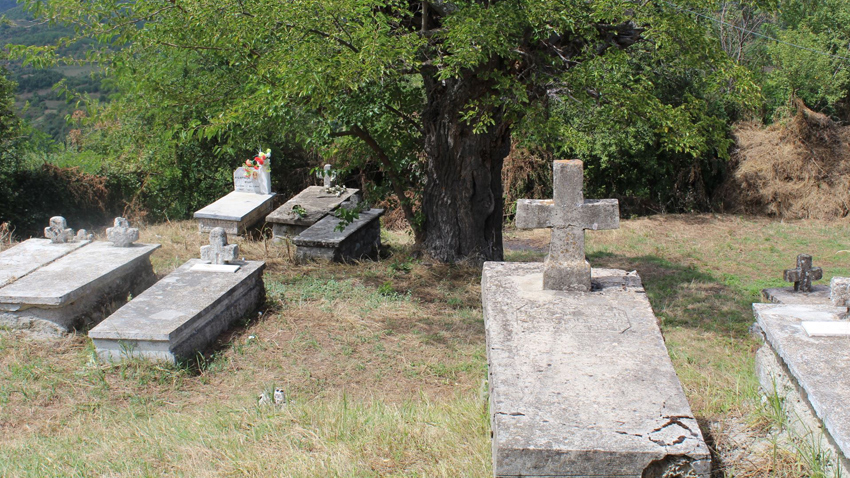
The situation is similar in other settlements. In Gorno Karchishta, the only Christian who takes care of the temple, declared monument of culture, is married to an Albanian. In the largest settlement in Dolni Debar - Maqellare the team has not met people with whom they could communicate in Bulgarian. Ethnological research is precious as it shows that there are still "living memories" of a community of people who identified themselves as "Bulgarian," but it is clear that it will soon belong to the past. It would be the film "Two Houses and a Half" to show the "Bulgarian" past of the Albanian province of Pòle.
English: Allexander Markov
Photos: Courtesy of Assoc. Prof. Dr. Veselka TonchevaThe Martenitsa Festival was held in Brussels f or the third consecutive year . Cultural organizations from Bulgaria, Romania and Moldova presented their country's traditions related to the "Baba Marta" holiday, which heralds spring. The initiative..
Measurement equipment installed at the Bulgarian Antarctic base "St. Kliment Ohridski" has been collecting valuable data on solar activity and its relation to the Earth's magnetic field for two months. The research is part of Bulgaria's first polar..
558 Bulgarians aged 18, selected from 1,785 applicants, will be able to embark on their dream journey by train across Europe, learn from other cultures and build new friendships. They have been selected to receive a free travel pass through the..
Exactly a month after the Bulgarian National Radio solemnly celebrated its 90th anniversary, history continues its dialogue with us, its authors. With a..

+359 2 9336 661
